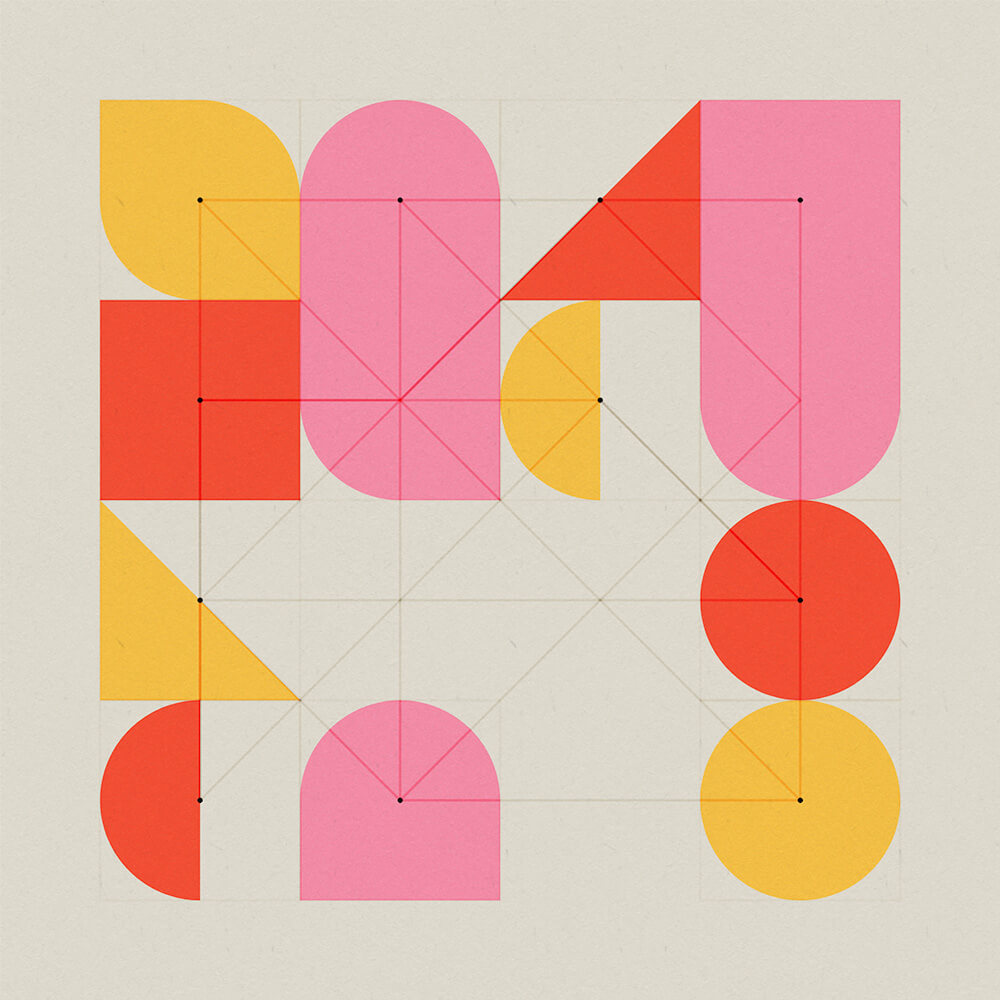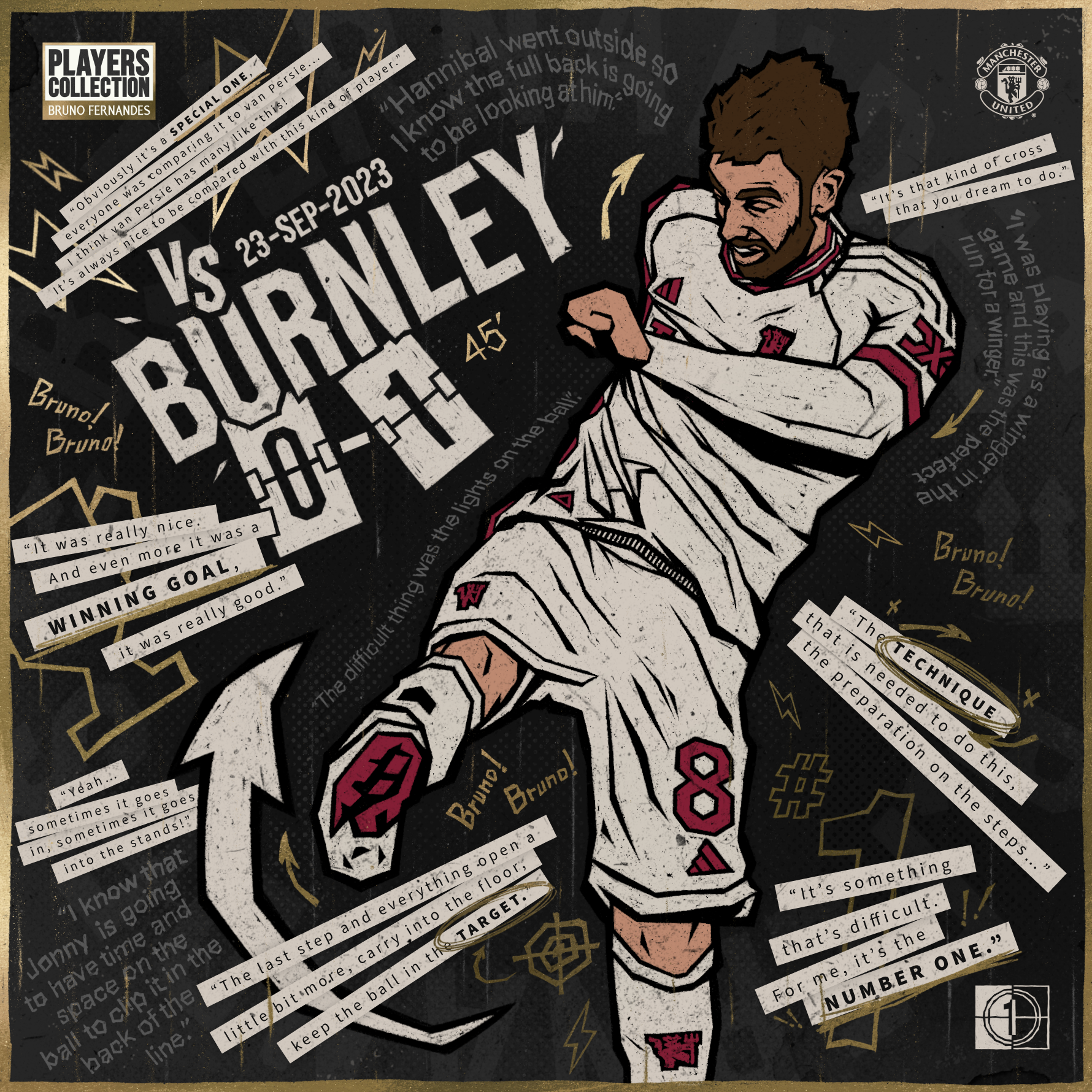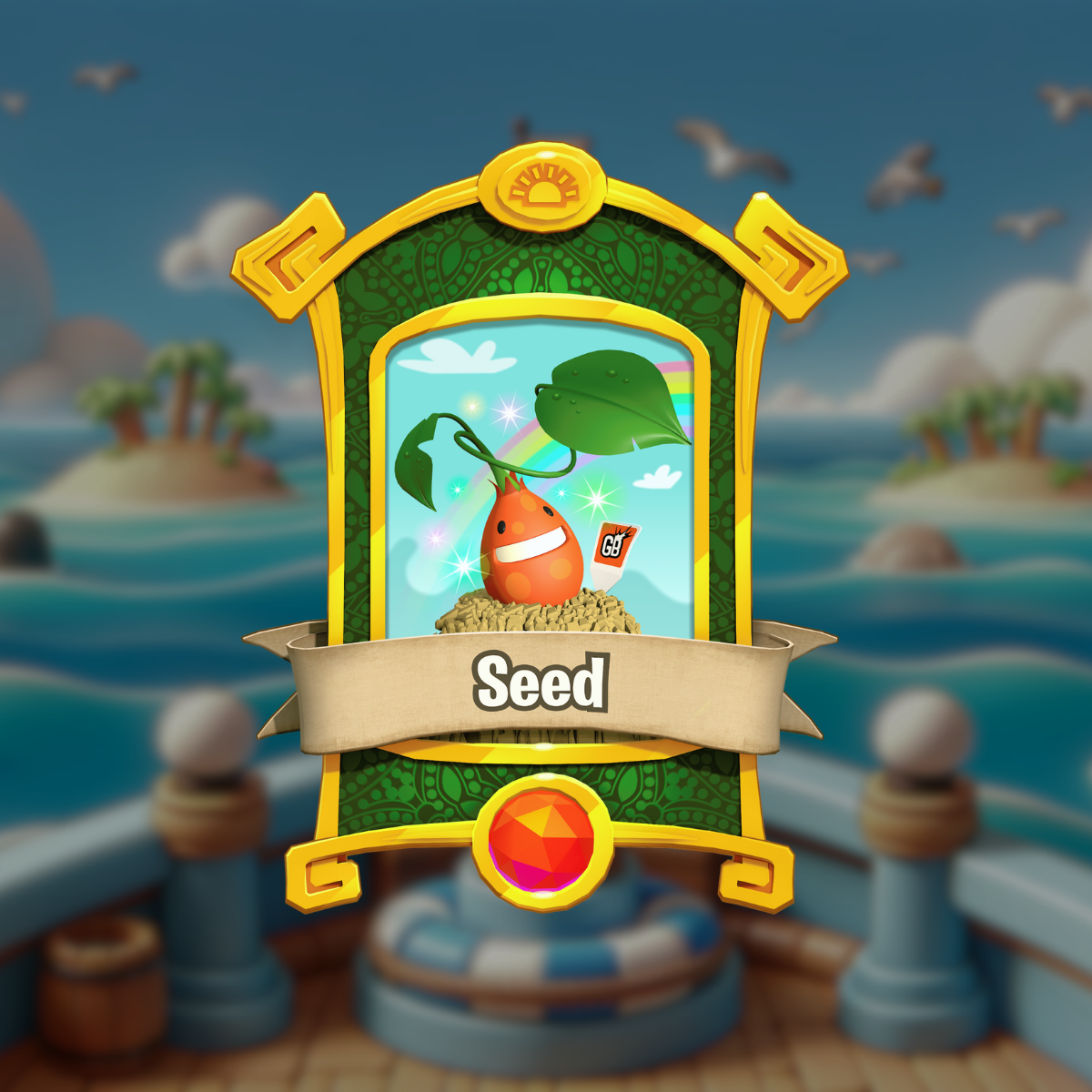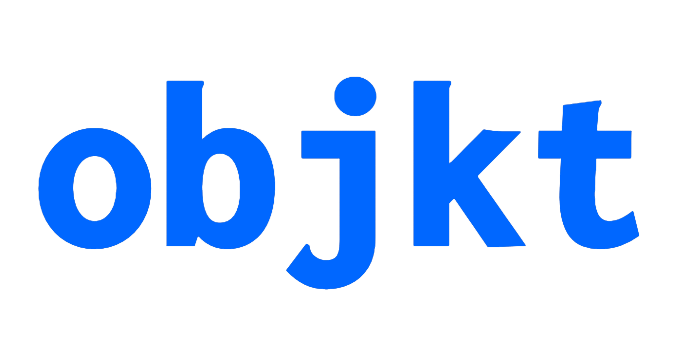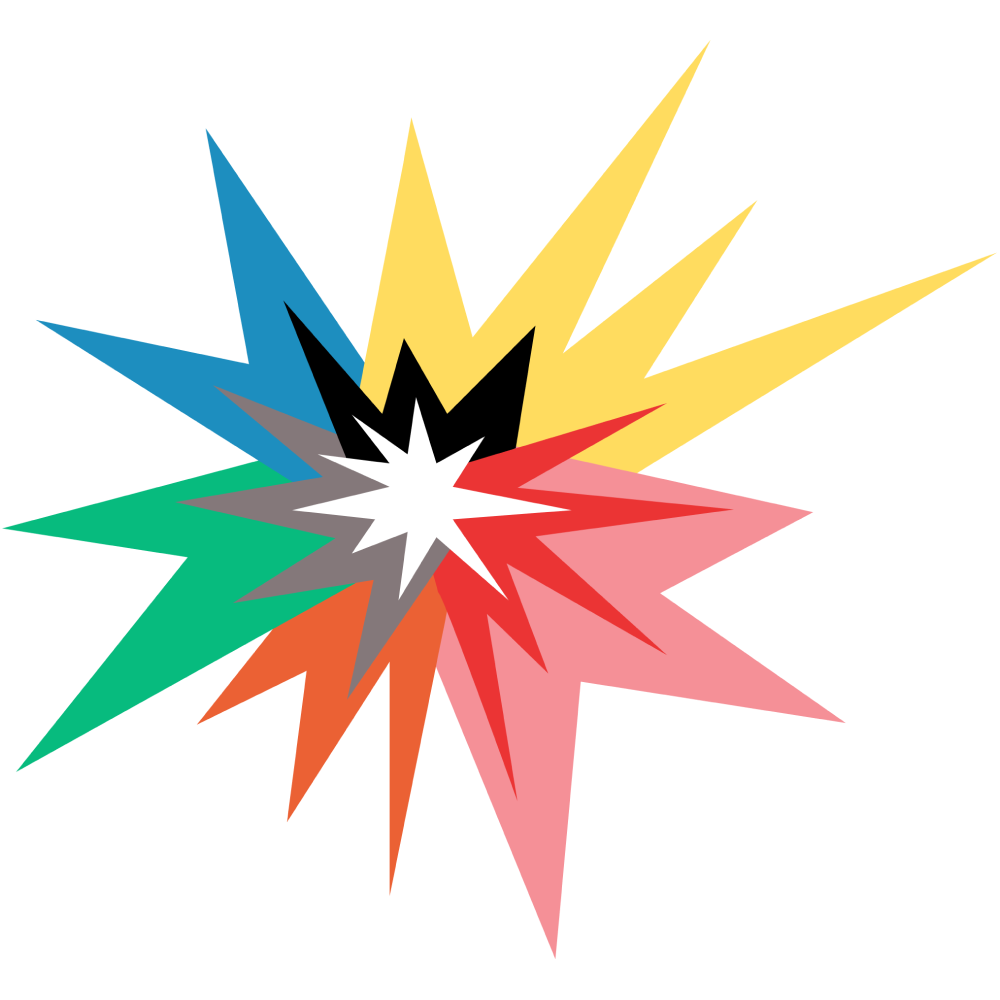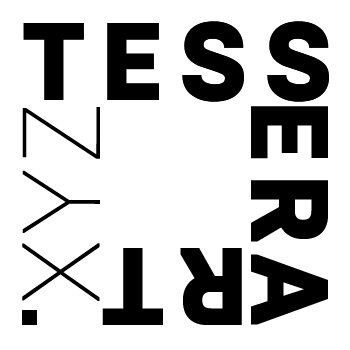What is an NFT?
You may have heard of NFTs in the news or social media from independent artists and established brands. More people are joining the NFT space every day. So, what is an NFT? Read through our guide to learn about this unique blockchain application.
What Does NFT Mean?
NFT stands for Non-Fungible Token.
“Non-fungible” means that it is completely unique. “Token” means that it can be transferred on a blockchain. Essentially, NFTs are assets that carry a unique digital identity and can be traded between users on a public blockchain like Tezos.
Although NFTs tend to be associated with artwork, they are also used to represent much more. Common examples of NFTs include artwork, trading cards, comic books, sports collectibles, games and more.
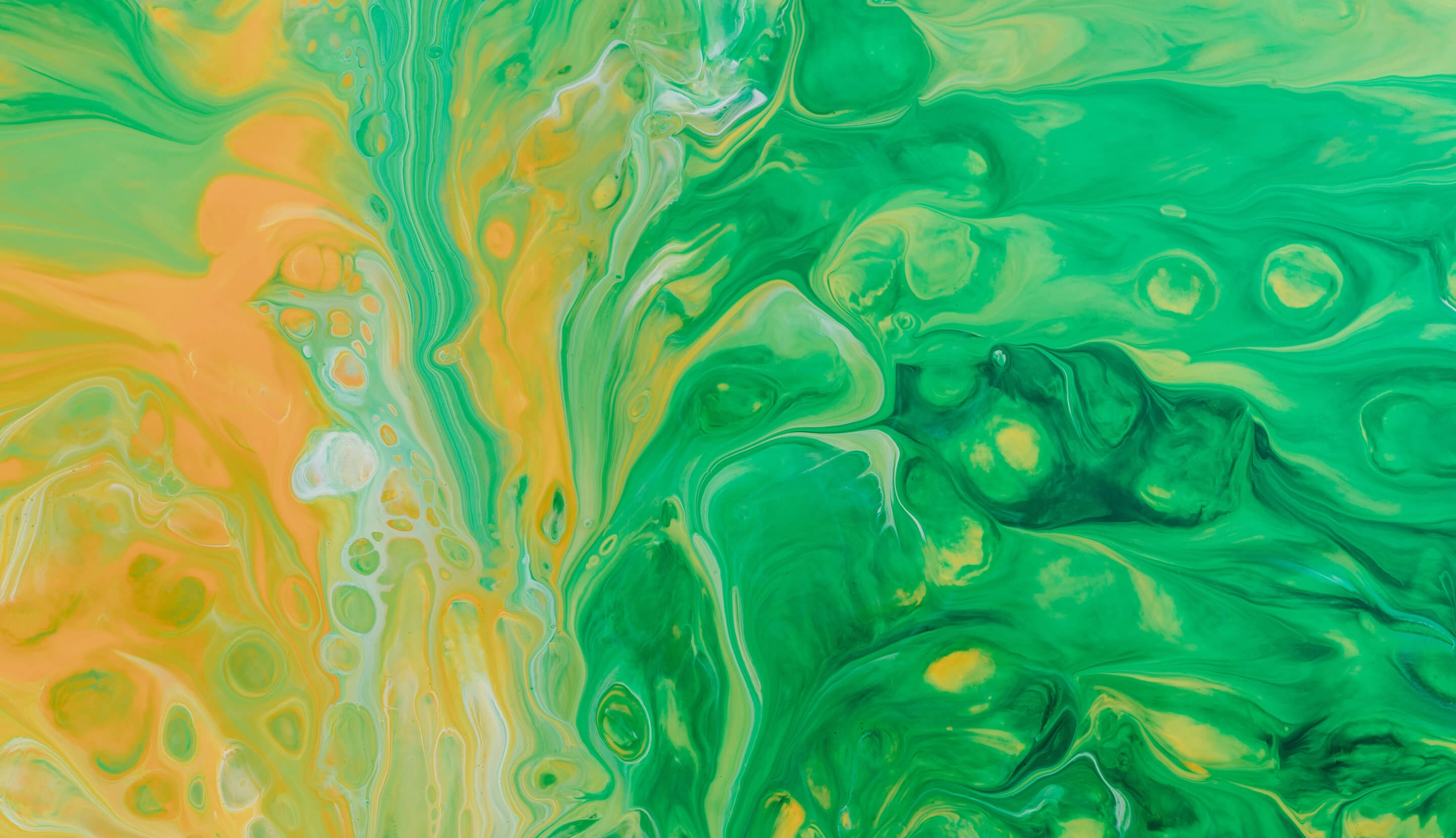
Are NFTs Environmentally Friendly?
One of the most common criticisms of NFTs, and something that tends to chase away many artists, is that traditional NFTs aren’t eco-friendly. However, not all NFTs are created equal - at least in this regard.
Because Tezos is an energy-efficient blockchain, NFTs on Tezos are energy-efficient as well, with a carbon footprint similar to the energy consumption of sending a single tweet. Due to Tezos’ design as a highly efficient proof of stake blockchain, energy consumption is kept low in comparison to NFTs on Proof of Work blockchains.
How Do NFTs Work?
NFTs can be many things; most often they are represented as artwork, but NFTs can actually unlock a lot of things including digital and in-person experiences, etc. It works like this - because NFT ownership can be instantly and easily verified on the blockchain, NFTs can act as proof of ownership. This is helpful in categories like art, where provenance is such an important part of the collectability of a piece. But this provenance, or proof of ownership is even more useful when applying NFTs to things like experiences; for example, you might in the future use an NFT to unlock access to a digital or in-person gallery or event for a specific artist, with the NFT acting as a ticket or pass to grant you access. The possibilities are really endless.
Regardless of whether you are a brand, an institution, an artist or collector, NFTs work in the same way. NFTs empower creators to connect directly with fans and enable new types of exclusive experiences that can be virtual, in-person, or both.
How are NFTs Used?
NFTs offer further utility over traditional art pieces. NFTs can be traded on online marketplaces or exchanged directly between individuals.
NFTs also provide a variety of specific benefits for artists, such as royalties. NFTs can be programmed with royalty features that reward artists for every sale in specific marketplaces, allowing artists to sometimes even be able to get royalties for secondary marketplace sales if their work is resold–this is one of the biggest attractions of NFTs for artists.
NFTs provide a new way for fans and collectors to support the artists they love. It’s even possible to use NFTs as special tickets, offering exclusive benefits to certain owners. Since the ownership of NFTs is verifiable on the blockchain, they offer a whole new world of possibilities for engaging between creatives, brands and fans.

What are art NFTs?
Art NFTs comes in various forms, such as static and dynamic images, music and videos, and more. Additional information related to each NFT can be stored within the NFT’s metadata, giving each asset a unique history.
Many people wonder if buying an NFT is just like purchasing a JPG image online. The answer is no—NFTs are completely different from regular images online. They have unique identities and a trackable history, allowing them to be scarce and carry provenance.
As an example, consider one of the most famous art pieces, the Mona Lisa. At any point, it’s possible to commission an artist to recreate the Mona Lisa. You can even take a picture of the Mona Lisa or order a print to hang up on a wall.
As the original, the real Mona Lisa will always be more valued and sought after than any recreations or printouts - this is due to provenance and originality. NFTs provide a similar uniqueness for digital images that were once only reserved for physical art.
NFT Marketplaces
If you want to get started with NFTs, it’s helpful to understand that they are sold in NFT marketplaces. NFT marketplaces are built on a blockchain, making them different from other online marketplaces. Most NFT marketplaces are decentralized applications, allowing them to be secure and run by the community.
To be able to interact with NFT marketplaces, you usually have to connect the marketplace to your wallet. Once done, you are able to buy, collect, create or sell NFTs on the marketplace itself. Sometimes, NFTs have auctions where people can bid on them in real time. There are even marketplaces dedicated to specific types of NFTs, like music, comics, collectibles, sports etc.
BUY & SELL
How to Buy and Sell NFTs?
Interacting on blockchains usually carries a cost beyond the cost of what is being purchased (in this case, NFTs). These costs are often referred to as transaction costs and on some blockchains this cost can be significant–on Tezos, it is a fraction of a tez and much more accessible.
Buying an NFT
NFTs can be discovered on marketplaces, which feature galleries of NFTs that you can browse, view and purchase or bid on.
There is usually a cost for the NFT and an additional transaction fee. Once you’ve decided to buy an NFT, you’ll use the native cryptocurrency of the blockchain the market is built on or integrated with to complete the purchase. For example, to buy in a marketplace that is built on or integrated with the Tezos blockchain, you’ll need to use tez in order to complete the transaction; in some marketplaces, there are other payment methods such as alternative cryptocurrencies to use or even credit card payment options; in these cases, purchasing an NFT will feel as familiar as shopping online.
Selling an NFT
When it comes to selling an NFT, you’re either selling one that you minted (created) or one you collected/bought.
There is usually a fee attached to creating or “minting” an NFT as well as to sell it. To create and sell your creation, you’ll need to upload the file to the chosen platform. In this process, you'll need to describe your work and define how much you would collect in royalties should your NFT be resold in that marketplace.
You can also sell an NFT that you previously collected. In this case, you can either set a firm price for your item or set up an auction. In an auction, you can see what others are willing to pay and monitor as collectors place bids to win the auction for your NFT.
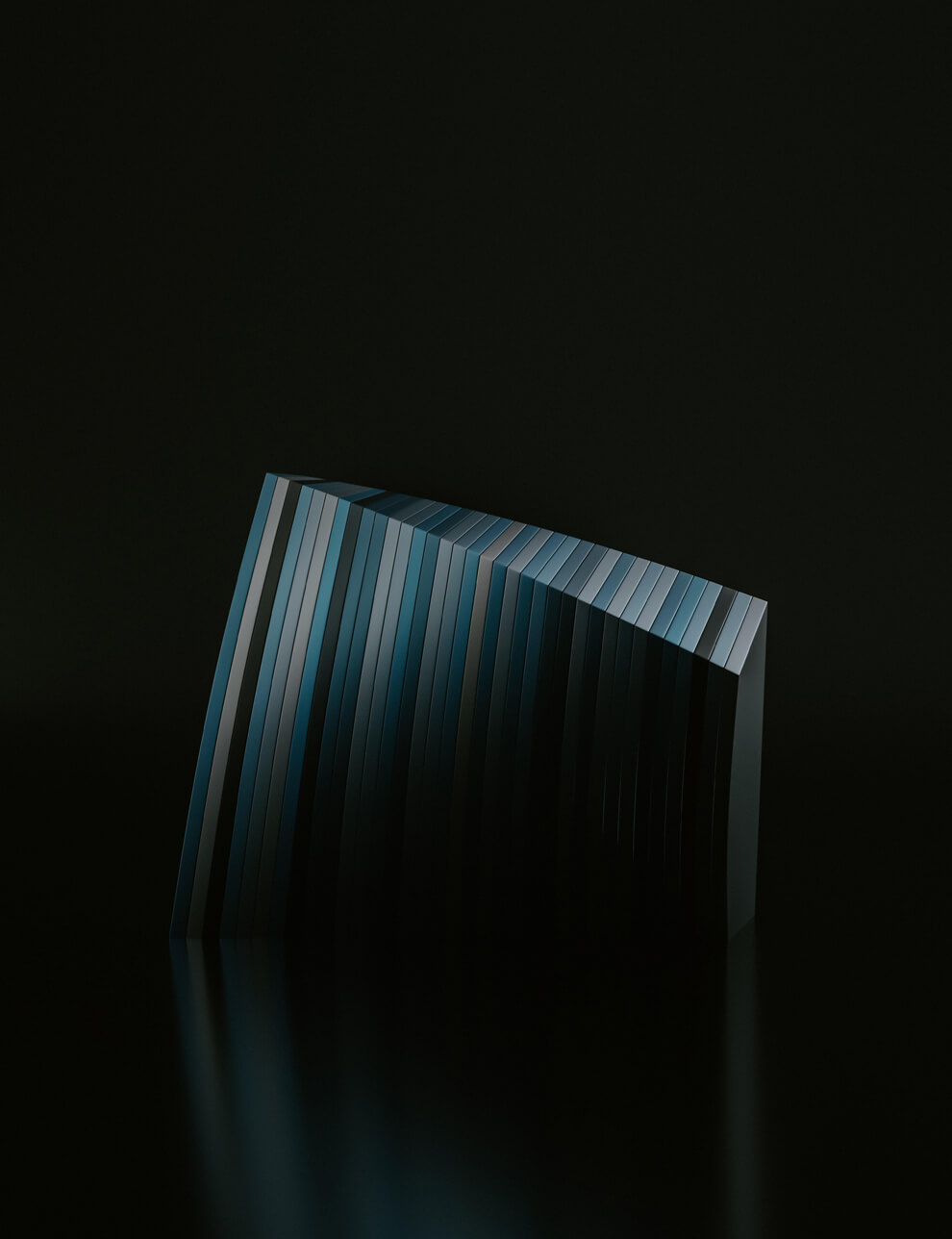
What does it cost to create an NFT
Minting an NFT on Tezos is both low-cost and extremely energy-efficient. Creating a Tezos NFT will cost users only a fraction of a tez in transaction fees.
How to Create Art NFT
Each marketplace has specific guidelines to make an NFT.
The fee structure of each marketplace also varies, so it’s important to understand the costs upfront. To explore your options, check out our recommended list of platforms and projects that offer or create NFTs.
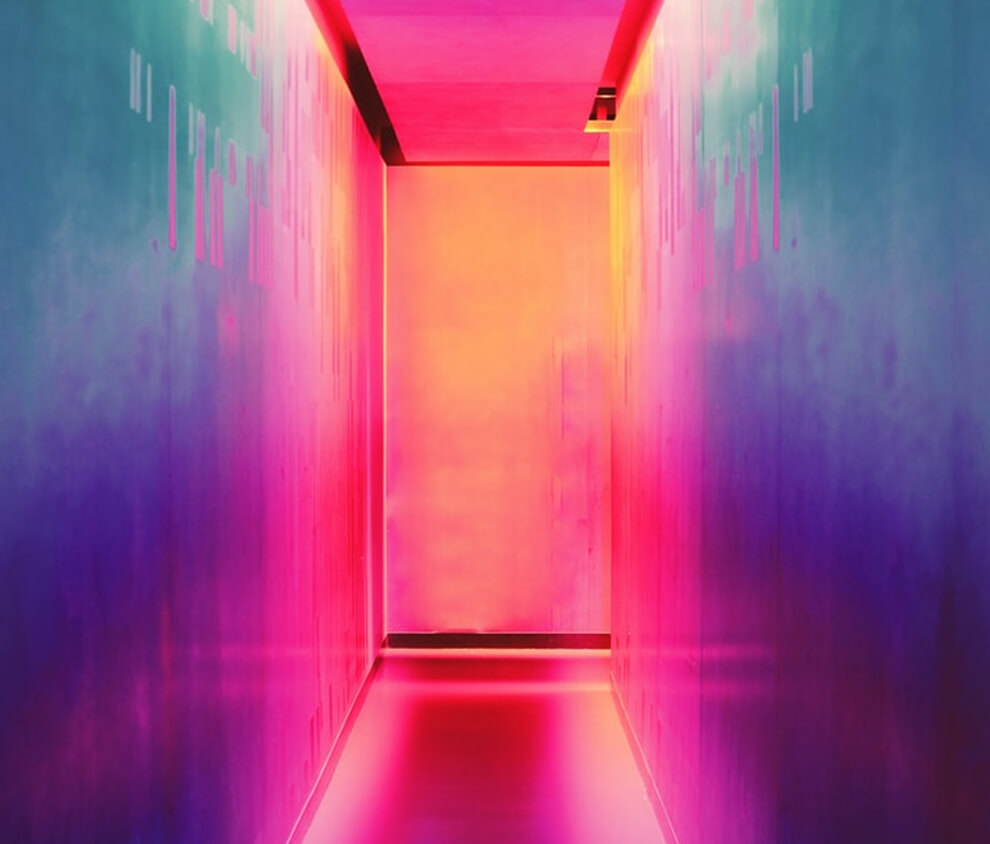
COLLECT
Create NFTs on Tezos
NFTs on Tezos are sustainable and practical thanks to the low energy consumption and low fees. Choosing to build on Tezos for your project also connects you to the large Tezos ecosystem, filled with different marketplaces, developers, artists, collectors and more.
